The joy of being a textile artist is that there are so many creative paths to choose from.
The problem of being a textile artist is that there are so many creative paths to choose from.
No, you don’t have déja vu.
You’re excited by the boundless possibilities of building (or finding!) your creative voice through the power of stitch. But maybe it’s the thought of those boundless possibilities that overwhelms you, and stops you starting.
The landscape of textile art seems horizonless. Everywhere you look – every Pinterest board, every TextileArtist.org article, every artist you admire – you see techniques, colours and styles to try, decisions to make, and stories to tell.
But where is your way in? How can you find where you belong? What’s your creative home?
The answer lies in something that children, puppies and fearless artists do every day.
They play.

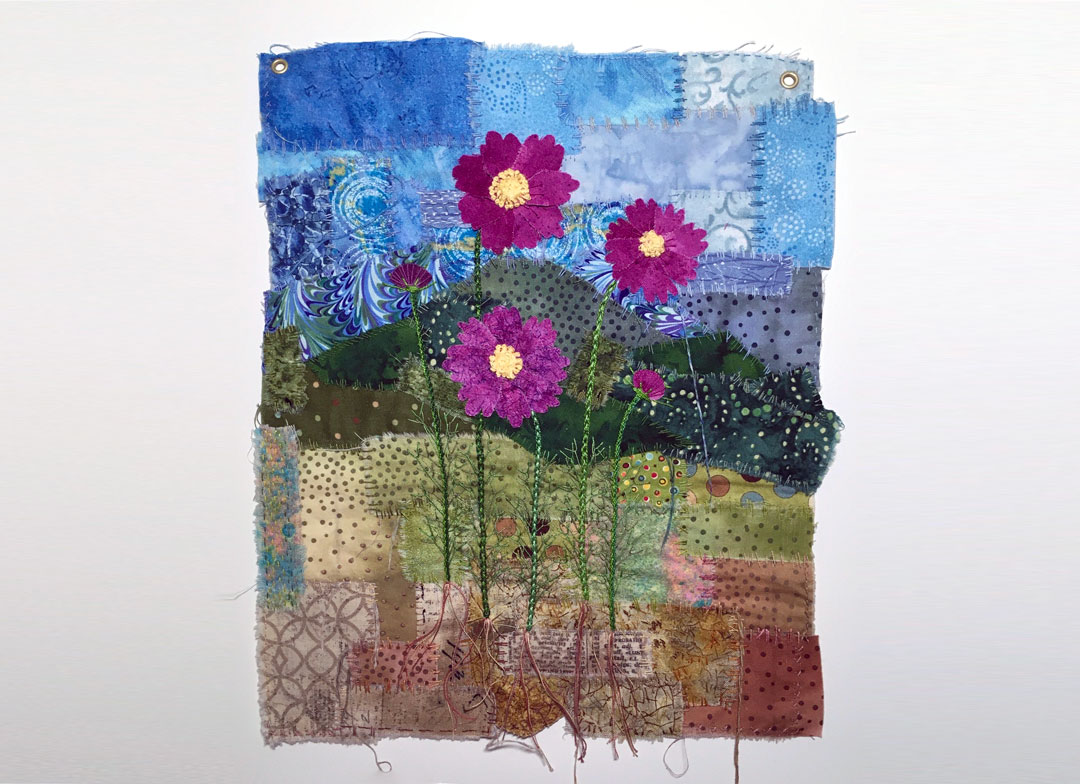
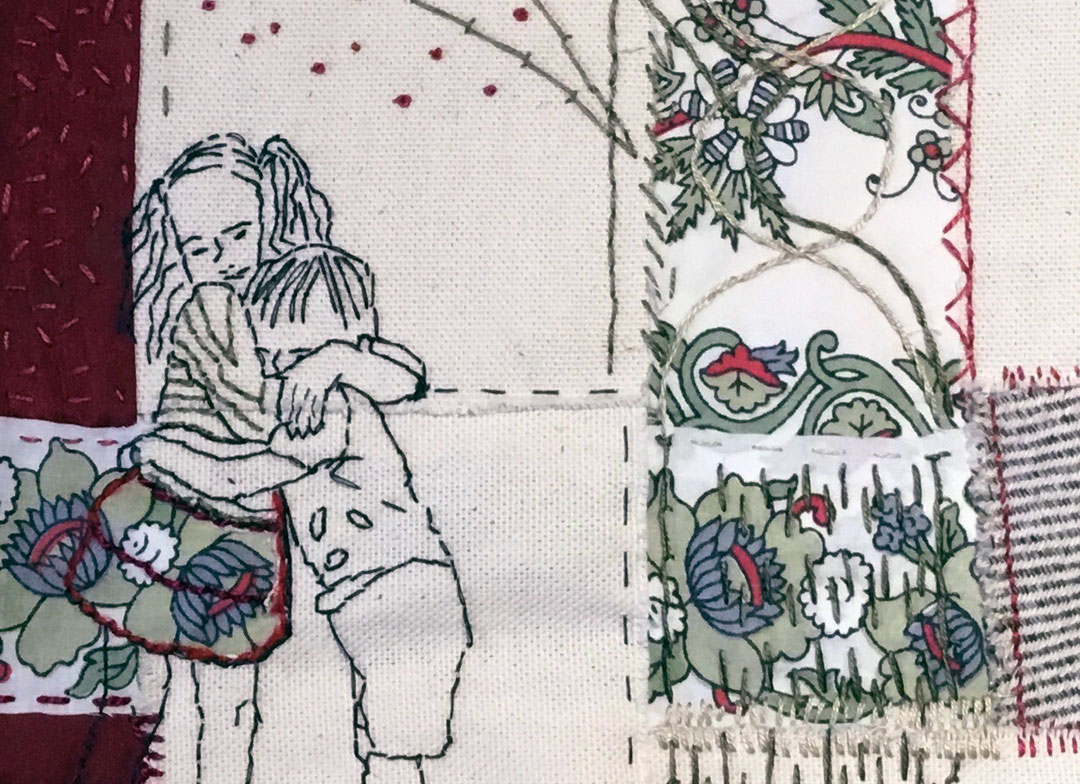
Play: not just for children
In our grown-up world where righteous productivity seems like a moral imperative, play can be seen as a frivolous waste of time. If we’re not busy doing something ‘useful’, then we’re not doing life right.
But at the heart of every successful creative endeavour lies playtime.
How do you think serious artists got serious? They played. They mucked about. They discovered their creative voice by singing many, many different songs until their unique song found them.
“Almost all creativity involves purposeful play.”
Abraham Maslow
Playtime allows you to jump in anywhere and everywhere. Play is the key to finding your own voice. Your song is out there somewhere, among the brights and shadows of fiber, yarn and story, hidden amongst technique and process.
When you play, you get closer to capturing your artistic self.
The ability to play, fearlessly and fantastically, is a fundamental skill upon which so many other creative skills are based.
When you play, it’s almost impossible not to explore, develop and grow as an artist. It’s part of every stitcher’s journey: the ‘anything goes’ yang to the yin of focussed practice. Play helps you to:
- Develop a powerful habit of creative practice. As you become involved and intrigued with what you’re up to, it stops being play and starts being practice (although perhaps you won’t feel the difference).
- Empower your creativity through limitations – of time, of materials, of technique. Play helps you realise that you don’t need a studio to create.
- Discover areas of practice to study, pare down, hone and develop.
Play is what artists do. It’s a practice, and it’s a state of mind.
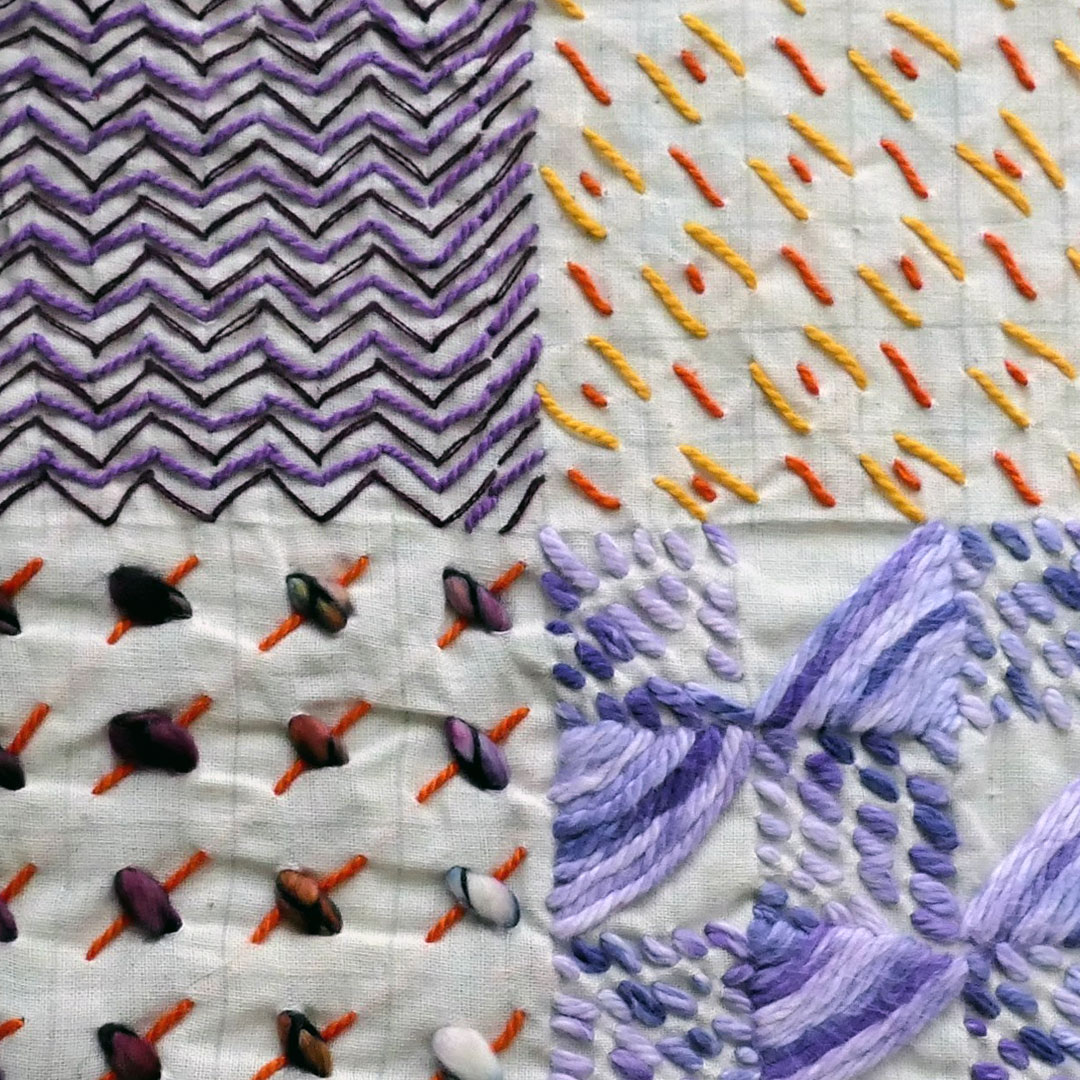
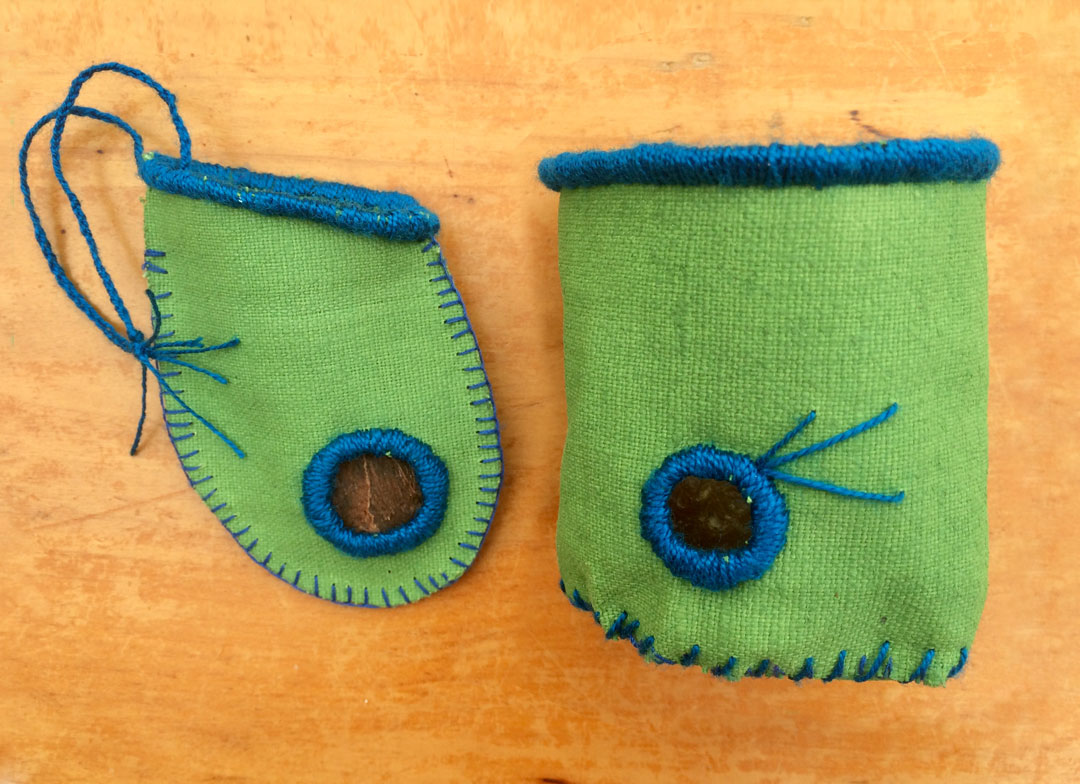
Why artists play
Playing strengthens your artistic muscles. It’s your way in to building a regular creative practice, but without the angst. It’s a practical method of discovering what you like to do – and what you don’t.
When you play, you’re taking your curiosity out for a happy tail-waggy walk and leaving your judgement doing the dishes at home.
When you’re focusing on the adventure, you’re discovering what inspires and delights you. And what you will never, ever try again, no matter how much they pay you.
Your unique creative vision crystallises into clarity, and so, too, does the path to make that vision a reality.
Play helps you understand yourself, and to value the artist that you’re becoming.
‘This experience has changed myself image from “quilter, embroiderer” to “textile artist” I’m feeling my way on this one, but it’s a good path.‘
Allegra Smick, TextileArtist.org Stitch Club member
It sounds so simple. Yet why is it so hard to set your stash free and start to play?
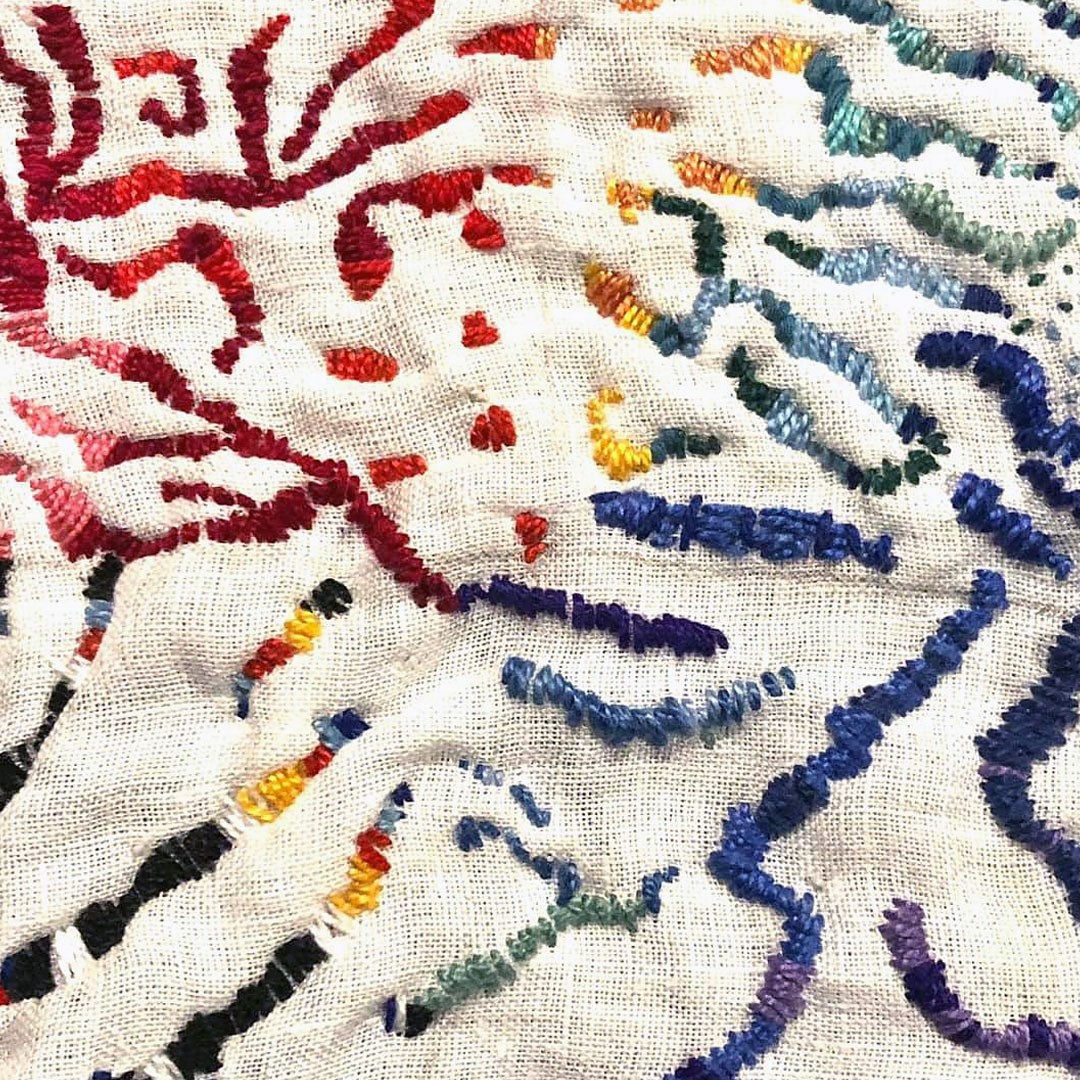
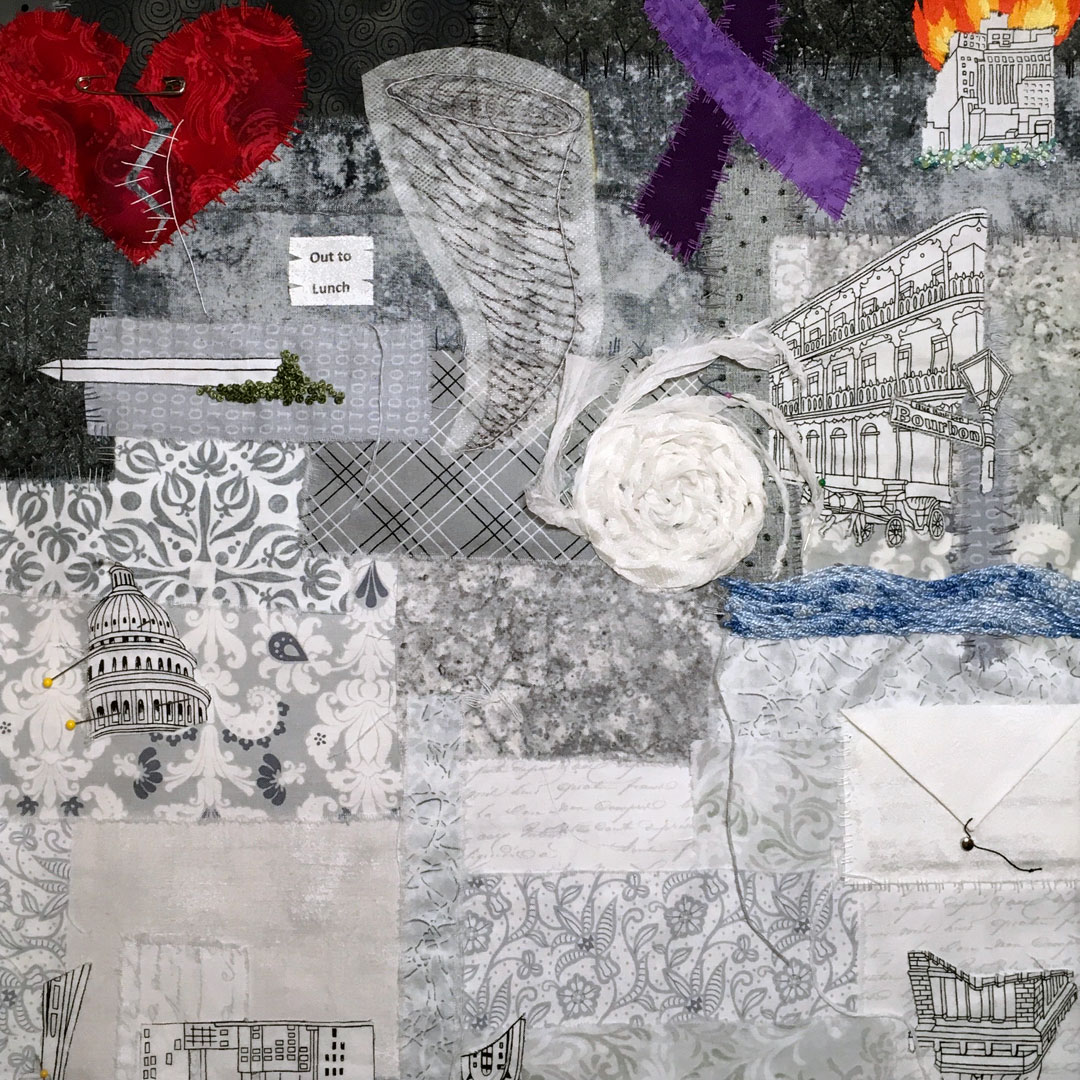
Can’t play, won’t play.
Perhaps you think play is for other people.
Nope.
It’s for you.
Especially you.
Do any of these sound familiar?
1. There’s no time to play
Too much on? Here’s a message for you:
Life is wiggly.
Life takes off in different directions. Stuff happens. So when life throws everything it’s got at you (and then some), it’s time to play.
Textile artist Sue Stone lost her beloved dad, brother in law and livelihood in the space of a few months. Things became pretty dark emotionally, but she found some light by starting to play with stitch.
Making the time to play gives you a shortcut to reaching your creative goals. Play is your creative practice. Find ten minutes. Find five. You’re five minutes nearer discovering your unique voice.
2. Play is self-indulgence
Play isn’t self-indulgence. It’s self-care. Play helps you focus. It’s meditative. It’s calming. And if you want to get sciency, it releases a ton of neurotransmitters that will improve your memory, creativity, and problem-solving abilities.
When the stresses are on, it’s even more important for you to play. And in these scary, soul-wearying times, don’t you think we could all use a little more self-care?
“I had a good time learning and playing with the green and the blue, the thread and the wire. I was suddenly 12 years old and happy. I forgot the lockdown.”
Michèle Dupont, TextileArtist.org Stitch Club member
3. Play is all over the place. You have to stick with one thing.
Maybe there’s a parent’s or teacher’s voice still ringing in your head:
“You’ll never be good at anything if you don’t stick at it.”
“If you start something, you have to finish it.”
Newsflash. They’re wrong.
Perhaps you grew up in a culture where it was seen as weak or flighty to try different things, to job-hop, to have-a-go, to taste all the flavours of life.
Wrong again.
Playtime means trying different things out. It means experimenting with techniques, methods, processes and practices.
It means using that weird luminous yarn with that crazy tie-dye remnant that’s been eyeing you up from your Cupboard of Abundance (yes, let’s rename that cupboard overflowing with untouched stuff that you’ve always thought of as your Cupboard of Shame).
It means crocheting your response to Black Lives Matter. And more.
“I rebelled and tried a different stitch. I tried all the colors I own to see what happened. I ended up loving how the linen puckered and the colors combined interestingly, and will play with this type of stitch more! It gave me ideas for other stuff.”
Denise E, TextileArtist.org Community Stitch Challenge participant
Playing means doing your best impression of a magpie. This doesn’t mean standing on your roof at five in the morning shouting at squirrels (although if it helps your process, go for it). It means:
- Being attracted to sparkly, interesting things. If it looks fun, do it.
- Picking up different techniques, and dropping them again. Nothing is untouchable and nothing is too holy to discard.
- Mixing and matching techniques.
- Making a mess.
- Getting together with your magpie friends to try stuff out. Playtime doesn’t have to be solitary.
“Experimenting with a wide range of techniques and processes provides you with a wide base for your visual vocabulary from which you can select and tune to your personal song later. Find your individual voice with knowledge, not ignorance.”
Textile artist Sian Martin
There’s a reason why art schools encourage students to try a lot of techniques before they specialise. It’s a great way-in for those students to discover what they want to say.
If you can’t shake off the “focus on one thing” mantra, it’s not a problem. Focus on one thing, but let that one thing be playtime.
“I decided to play with straight stitches done on the diagonal and used several different weights of floss. I almost scrapped it and started over because it wasn’t “beautiful” –but decided to show it , warts and all, because I am just playing. I learned a lot and was surprised how far I could push a simple straight line.”
Shirley Hatton, TextileArtist.org Community Stitch Challenge participant
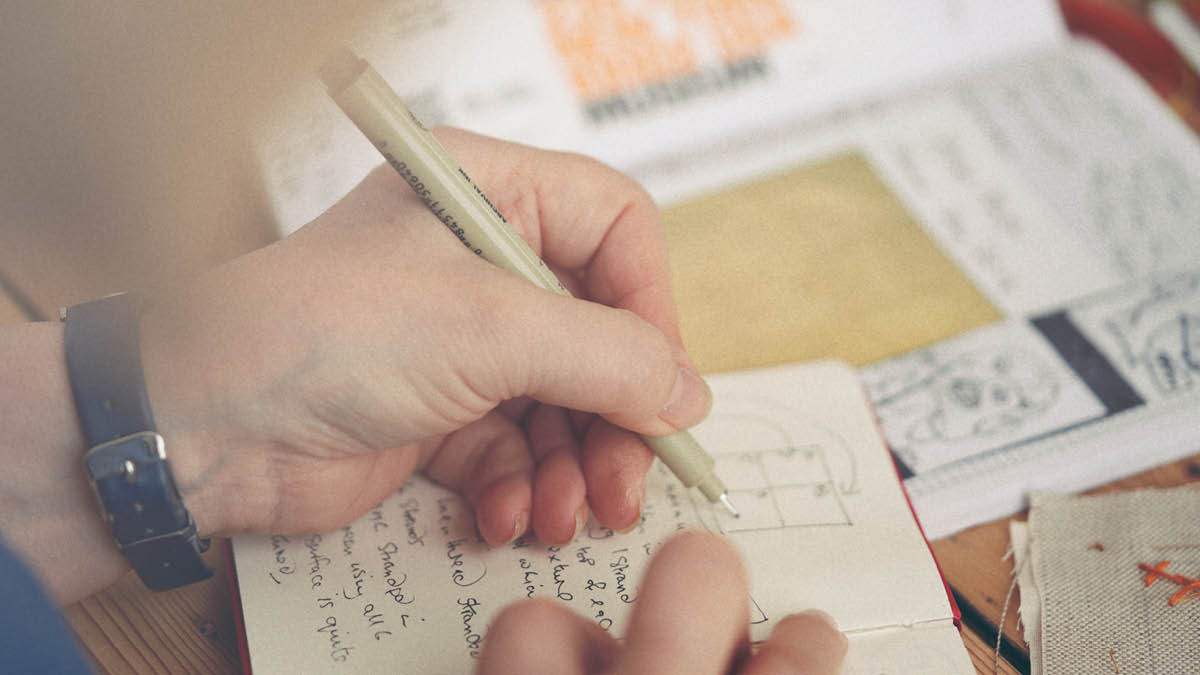
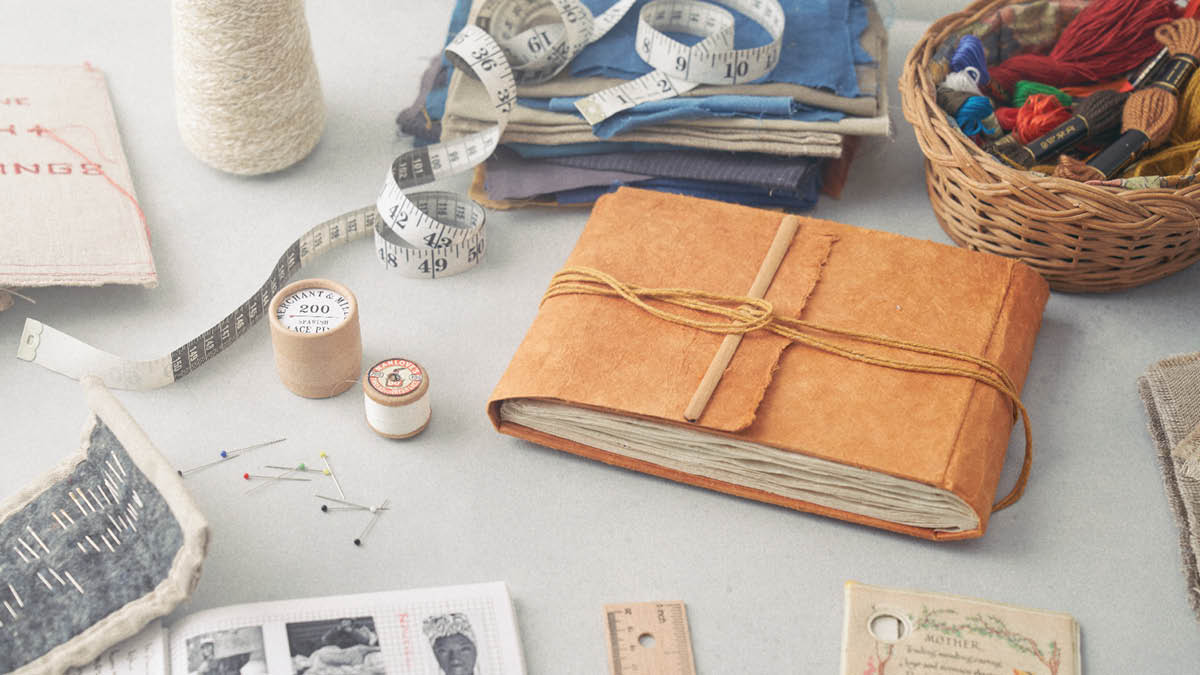
If it’s worth doing, it’s worth doing well
Perhaps you think that the product of your playtime has to be something perfect, artistic, meaningful and beautiful. But doesn’t that raise the bar too high? And there’s our old friend, the inner critic, waiting on that bar to knock us off.
Think, rather, of the product of play not as the object you create, but as the learning you achieve. Now the process of play is the product, and it is perfect, artistic and beautiful.
Nothing halts creativity like the fear of making a mistake. But when you can’t get it wrong, doesn’t that open up a world of amazing possibilities?
“I really worked on “no judgement”… just let it be…this was a lot of fun.”
Sally Nole, TextileArtist.org Stitch Club member
Creative play invites a mindset that’s free, non-judgemental and open. Playing means making bigger and better mistakes, fantastic failures and delightful disasters.
You’re exposed to new ideas and new skills. You gain confidence. When you’ve tried all the things, you gain understanding about what you want to explore more deeply.
“You don’t need to be a genius, you just need to be yourself. Don’t wait until you know who you are to start making things”.
Austin Kleon
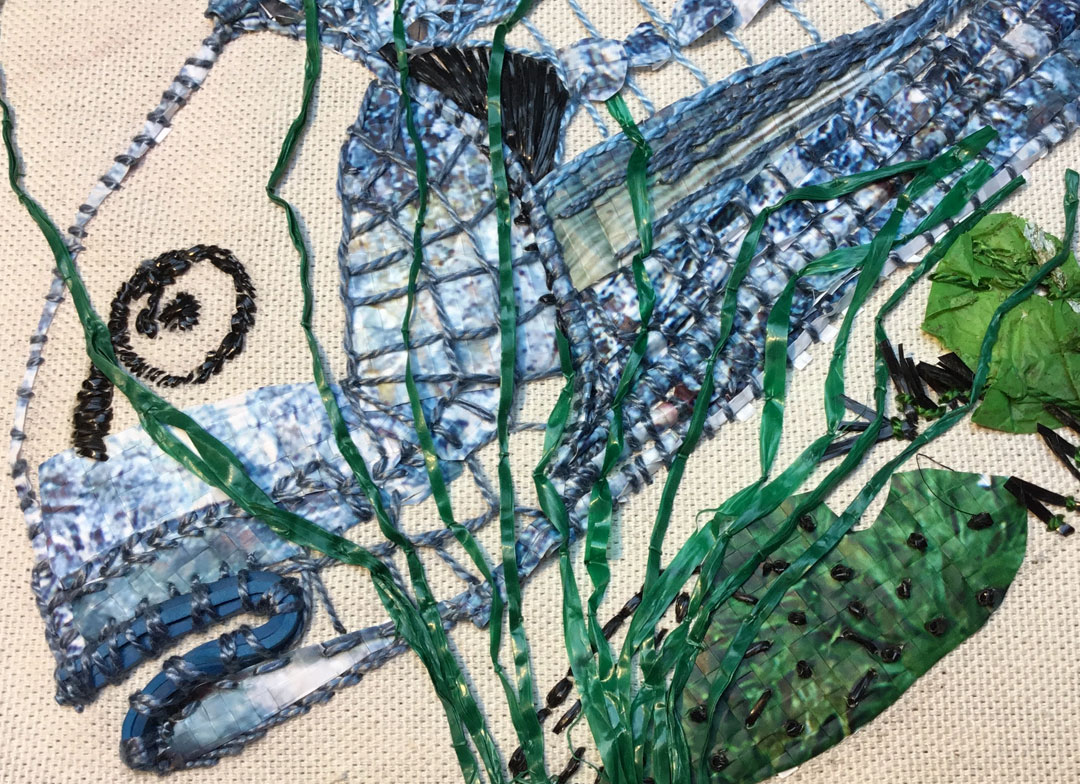
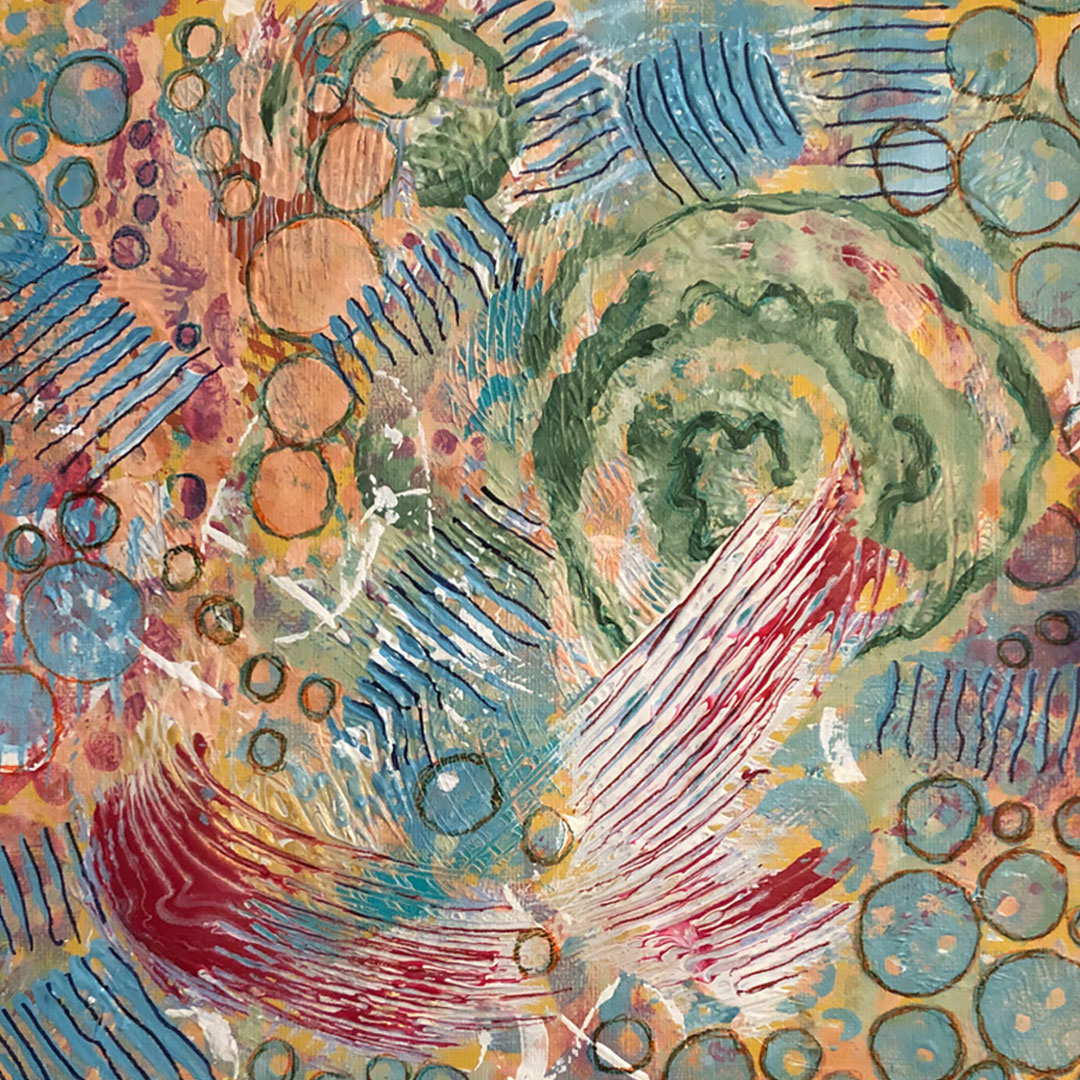
Getting started
Ready to play? Here’s where to start. You’ll need a playful mindset, some simple boundaries and maybe a few ideas to get you going.
Getting ready to play
First off, give yourself permission to play.
You know it’s important. You know that, to develop as an artist, you need to play. Now you know that it’s part of a creative toolbox, you can give yourself that psychological safety to play. Give yourself permission to make a mess. It’s learning.
“The workshops will give me permission to play and the impetus I need to start creating the ideas rolling around in my head!”
Erin Klein, TextileArtist.org Stitch Club member
Second, take yourself lightly. You’re not exhibiting (yet).
Third, create for yourself an oasis of time and space to play. You need boundaries.
Creativity is the golden thread that links the worlds of art, design, literature, comedy and anything else that uplifts and soothes the human spirit. And this means what works for the great writers, artists, and comedians works for you: finding that space and time to experiment.
Find your space to play, inside or outside, away from the demands of life, where you’ll be undisturbed. If you live with people and pets, train them to respect your playtime.
Treat the isolation of play like the isolation of running. If you go for a run, your family doesn’t come running after you. The same should be true of playtime. (Unless, of course, creative play becomes a family thing).
Although the play mindset is open, it can be useful to limit play time. Comedian John Cleese recommends ninety minutes to start with, to give yourself time for normal life to dissolve away before your focus narrows on to the possibilities of what’s in front of you.
Get the creative ball rolling
You’ve found your oasis of time and space. Now what?
Playtime ideas:
- Reconnect with your materials. Go through your fabrics. Touch them. Arrange them. Order your yarn by colour or weight. Soon, something will start whispering “play with me” at you. Perhaps that open-weave hessian that’s begging for some folk art embroidery. Maybe those vibrant fabric inks would like to splash around on that pristine white cotton.
- Limit your choices. Too much choice can be stifling. Narrow your boundaries. Give yourself rules. Pick one yarn, one fabric and one technique. Make a bird. Or a bat. Or a bat-bird.
- Nothing in your stash? Create textile art from non-textile materials. Work with what you have.
- Make a portrait of yourself running in running stitch.
- Soak your brain with ideas with a guilt-free browse in Pinterest or in online art galleries. Create your own Pinterest board to curate your inspirations. Research can be play.
- When it’s safe to do so, schedule a weekly Artist’s Date, Julia Cameron’s famous prescription for filling your well of creativity with inspiration: a bookshop, a craft store, a flea market, a charity shop, a gallery, anything that excites you.
- Find a stitching tribe to play with. Sometimes, when you’re on your own, your practice may feel too weighty and serious. When we see people just like ourselves having fun with their practice – and that it’s ok to end up with weird and wonky creations – we feel supported and inspired. (Not-so-subtle hint: The TextileArtist.org Stitch Club will be opening up for registration very soon. Keep an eye on the newsletter for details!).
“When I am doing a Stitch Club workshop, it is really playtime for me!”
Dominique Buysschaert, TextileArtist.org Stitch Club member
If you take play seriously and make regular play dates with yourself, before you know it, you’ll have developed a resilient habit of creative practice that will skyrocket your confidence and help you find your unique artistic voice.
How do you make time and space for play?
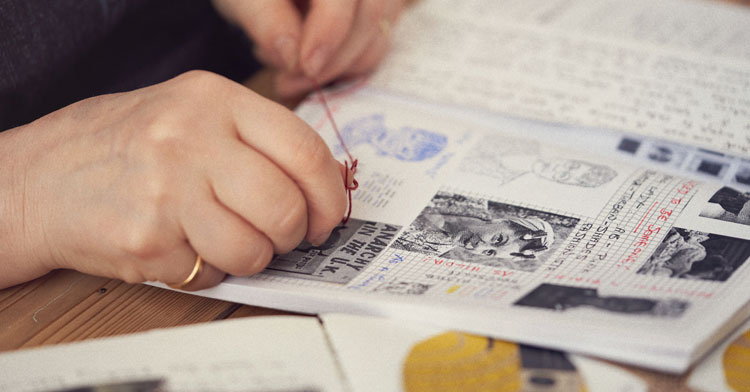

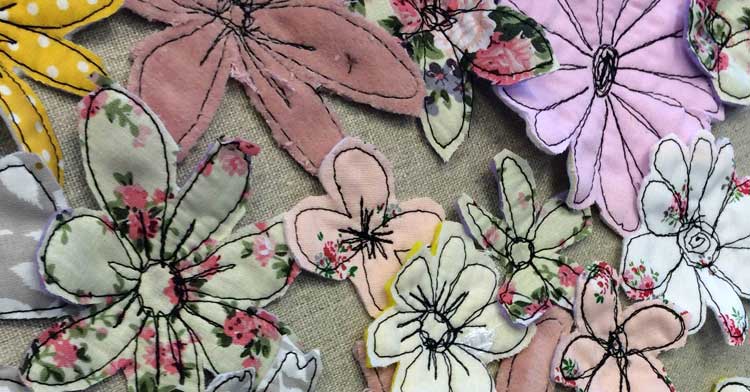
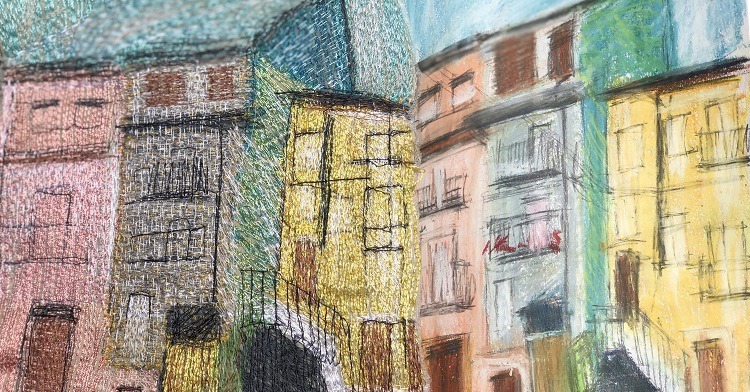
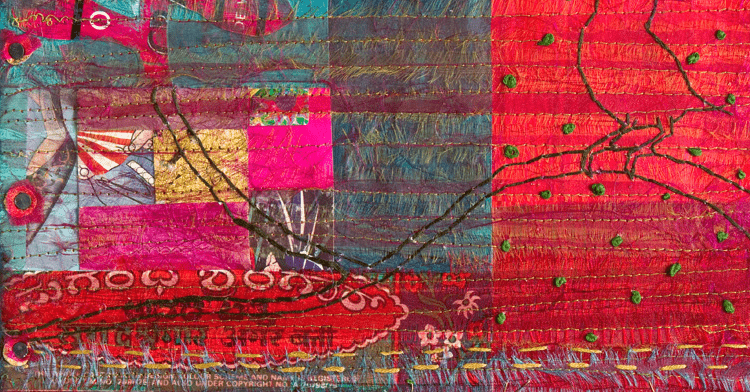
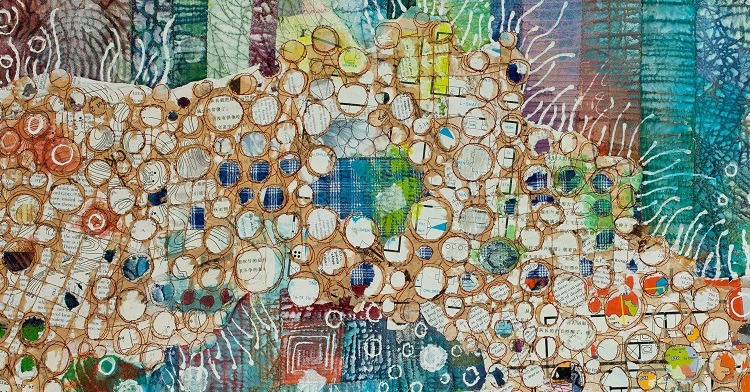
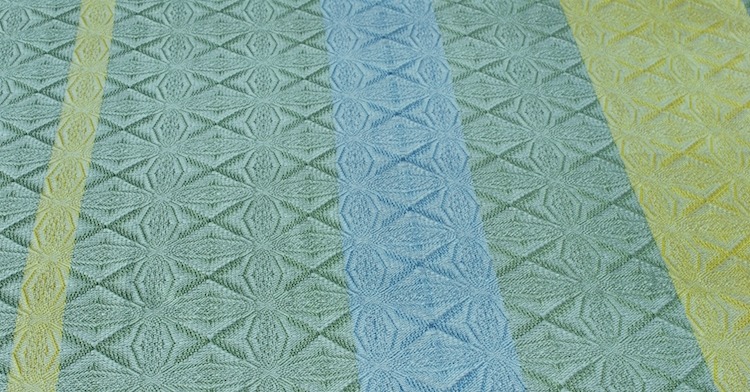
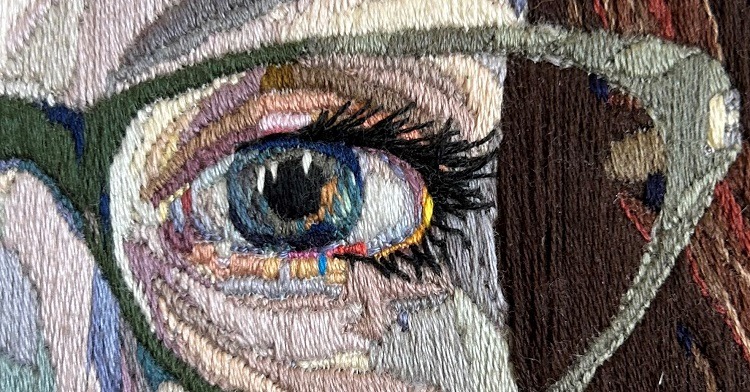

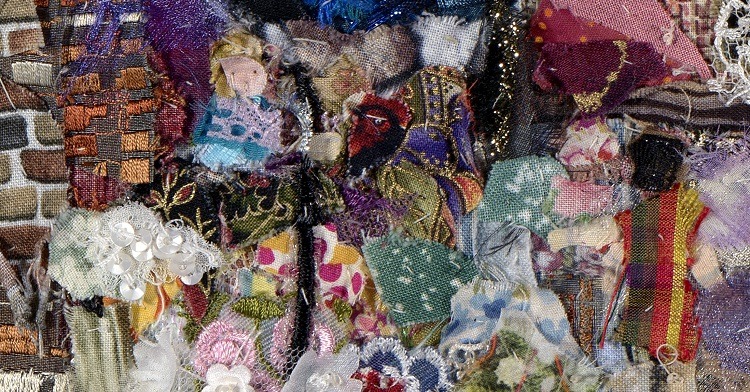
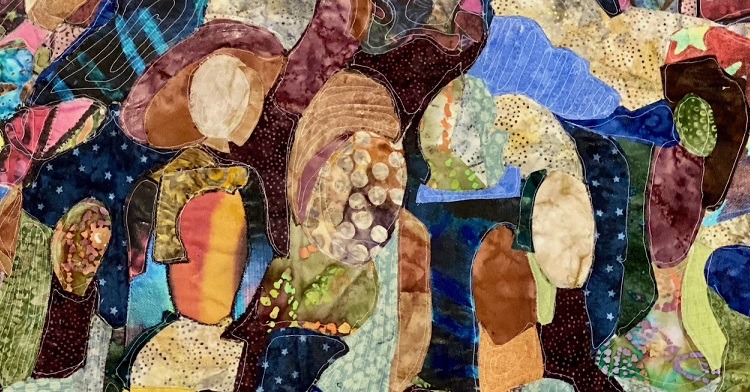

34 comments
Kiki
Hello, I really love this article for it’s clear explanation and encouragement. I was raised with the message I wasn’t creative. The little voice is still in my head but I don’t listen anymore. Since November ’23 I discovered portraitembroidery and somehow it feels like this is what was waiting for me. I followed workshops and it brings me so much happiness. Thank you again for this fine article.
Sorry for the vocabulairy, I’m from the Netherlands and don’t speak fluently Englisch.
Janice
I consciously keep in touch with my inner child and have made it part of my life to make the first question of the day ‘what would I like to play today’ on at least three days a week (rather than the less exciting ‘what do I have to do today’). I put my arms out and twirl or go for a walk and look for treasure. Being part of this group feels like play wrapped up in learning and community (play mates?) Thank you
Juliet James
George Bernard Shaw said “We don’t stop playing because we grow old, we grow old because we stop playing “.
Jody
Thank you for this article, I have recently found my creative tribe, they have inspired me in so many ways. Being a quilter, beader, watercolor, doodle, embroidered, etc. I have travelled many creative paths, now at 73 I feel very free to be creative every day, love to share idea’s and my love of the arts. One of your members pointed me in the direction of your group, I am overwhelmed with joy and creative love for the Arts you inspire. Thank you for being a part of my world.
Judy Hartman
A wonderful article!! I just joined the community but have been playing with stitch and appliqué for decades. Your newsletter and articles are so rich with thoughtful inspiration and I am very grateful for them! Looking forward to hopefully becoming part of Stitch Club. My personal word for 2022 is GROWTH!!
Jules
Thank you a fantastic article, every word helped me to re connect with how I look at the world around me. Permission to relax and enjoy the passion and beauty I can see, when I really open my eyes.
Vicky Godel
This article is so fantastic ! Just what I needed to hear ! Lack of confidence and low self esteem plague me constantly, I think I needed to hear that going back to being a child through stitch play will really help me ! Thank you
Sandra
Hahahaha…omg! I laughed out loud when I read this Louise! Because this was me until last week! Literally! I am gradually returning to my stitch meditations thanks to your support and encouragement as well as your weekly posts about new textile artists. I thoroughly enjoyed reading those, I am also saving them for further reading. As well as Julia Cameron’s book The ‘Artist’s Way’ which I would strongly recommend for any artist who feels stuck! And believe me I was! I am following ut through because I kn oiw it is an essential part of my healing and key to unblocking my creativity. I cannot praise Julia enough! In fact it wouldn’t be a bad idea to include it in your library if that doesn’t sound too bold of me!
So I decided to play! Perfection is a dirty word in my lexicon and so I have let go of the need to be perfect in my stitching or the placement of fabrics. I am now sewing primarily for therapeutic reasons and loving it and it has freed up my mind, my compositions and now I stitch without fear of the stitch police! I am also creating a piece which is more intuitive and relates messages and meanings that are important to me! So thank you for this post! So appropriate for this stage in my learning curve ♡♡
Katharine Griffiths
Thank you, I really enjoy all of the articles published and always look forward to the next newsletter. This one is no exception. It’s great to hear adults need to play too but sad to hear we may need permission. I think we are all familiar with work being the first priority then play when tasks are completed. Play is work, allowing opportunities to think, create, re evaluate, problem solve, lateral thinking etc etc. What could we achieve if we had more play time. Thought provoking and lovely articles as usual.
Juliet Flockhart
That was a great article. I have just started out playing with textile portraits, having fun. Then an ‘inner voice’ said this is child’s play, don’t waste time and focus on developing your strengths and don’t jump from one project to another. Now you have given me permission to play. Thank you
Jackie adams
I used to make embroidered beaded and quilted bedrunners taking years to make. Loved the projects since lockdown I have completely no inspiration.
So I decided to look at my silk paintings and am plying round with sewing into them. Still looking for a new project
Jana Jopson
Louise, this is the best article I’ve ever read on play and the importance of play. Brilliant. Hit all the stops and starts. Hoping for a wide and continuing readership on this one … just what the whole human species needs right now and going forward.
Annie
“In our grown-up world where righteous productivity seems like a moral imperative, play can be seen as a frivolous waste of time.” I’ve struggled with this my whole life but am finally making changes to this useless mindset after 60 years. Thank you for this article and the confirmation I’m moving in the right direction. I know this new way of thinking will expand my art. Thank you!
Mary Lou Zeek
Fantastic! I loved reading about “Play”. I recently purchased two of the books you suggested Textiles Transformed and Stitch Stories….my playground has expanded! Thank you!
Peggy Schneider
Thanks so much for this well written article . “Cupboard of Abundance “ is so freeing and will be my new way of seeing my overflowing stash !
Annette Fischer
This is a great reminder, I’ve been bogged down on a project that wasn’t working how I hoped, now I feel like I can go and tackle some practice material to see if I can produce either what I expected OR something I’ll like even better, thanks
Cas Holmes
Play is the necessity of invention..or in the last few months, invention has come out of the need to play.
Jennifer neubauer
What a great reminder! I am a newly retired art educator with an interest in quilting, dying, stitchers, painting, felting and book arts. I need to remember to jus play and experiment, and look for my tribe.
Victoria McCollum
This was just what I needed: Permission to not finish every project. And Cupboard of Abundance perfectly describes my boxes and bins of fabrics, thread, paint, pencils and paper. When I retired, people asked me what I was going to do. “Play!” was always my answer and now I see more ways to do just that!
Adriana Opalkova
This article is not just about textile art or creativity, it is about life and passion for life, thank you for that!
Jana
Yes, Adriana! I thought the same thing. Uplifting and well written.
Cristina Rosati
Muchas gracias por este artículo que parece escrito especialmente para mí.
Tendré que leerlo una y mil veces.
Gracias nuevamente.
El haber encontrado este sitio, ha hecho que no renuncie a mi insistencia de una salida.
Leo todos sus artículos, y tengo como referencia algunas artistas que siempre me están inspirando.
Cariños
Cristina
Aino
This is just what I needed. So encouraging!
Sue Sobczak
I do like the back of the cupboard comment, where I have a lot of half started projects being my cupboard of Abundance! But since lock down I have finished a few of them but then I found Stitch Club !!!!
Ivonne
Great article,I have been playing with a piece inspired by one I did with Stitch Club earlier this year.I use limited stitch,running stitch I think not sure could be back stitch and use it like a drawing,I have a basic structure and every time I pick it up I just stitch what I feel,it is very liberating,keep on playing
kit
Hi Sue
I find that left-over, half-finished, don’t-know-what-to-do next projects can usually be repurposed after they have been left, even for years! An art instructor said: “Never throw anything away- Its time will come and you will see it in an entirely new light!”
Marcela
Maravilloso artículo! Muchas gracias por animarnos, estoy muy feliz tratando de jugar con distintos materiales y saliendo de mi zona de confort. Un saludo desde Argentina
Sheila
This article is so helpful for me.
It puts my own gut feelings into words that I will read lots of times!
It is difficult for an inexperienced but keen stitcher to identify an approach to their own way of working and this article helps to give me the confidence to experiment and play.
Maybe I needed permission (from myself ) to relax into this way of thinking.
Love it !
Thelma
Great article, thank you. My only caveat would be that ‘researching’ on Pinterest and so on can be paralysing – it’s easy to be overwhelmed by wonderful ideas and expertly made products which just make your own work seem inadequate. People don’t generally post pictures of the 20 failed experiments they made before the good one !
Joe
That is such a great point Thelma. Play is process and process inevitably means ups and downs, failures before success.
Vicky Bilton
what is stitch club please? Sounds wonderful
Hennuyer
Votre article est extraordinaire,il insuffle la vie ,l’envie,le désir,la créativité,MERCI
Et OUI je suis intéressée par un club de points
Joe
Hi Vicky – Stitch Club is TextileArtist.org’s membership community, where stitchers come together to learn from textile artists in exclusive workshops and experiment with a range of techniques, processes, themes and ideas. We’re not accepting new members right now but make sure you are signed up to the newsletter because we’re planning on opening up registration again pretty soon.
Maureen Wood
I joined some time ago but I have only found this page recently. I mainly do patchwork and quilting and crosstitch. But I am interested in embroidery. I have a lot of reading to do on here. I will reregister.